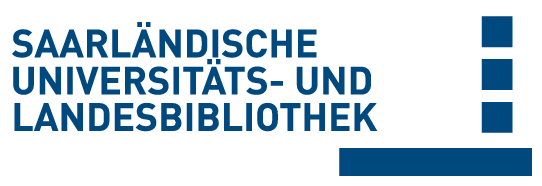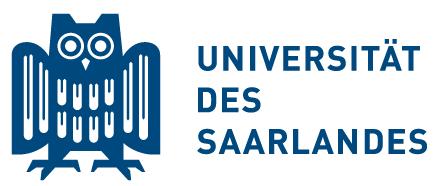Please use this identifier to cite or link to this item:
Volltext verfügbar? / Dokumentlieferung
doi:10.22028/D291-41931 | Title: | Subchondral Drilling Independent of Drill Hole Number Improves Articular Cartilage Repair and Reduces Subchondral Bone Alterations Compared With Debridement in Adult Sheep |
| Author(s): | Stachel, Niklas Orth, Patrick Zurakowski, David Menger, Michael D. Laschke, Matthias W. Cucchiarini, Magali Madry, Henning |
| Language: | English |
| Title: | The American Journal of Sports Medicine |
| Volume: | 50 |
| Issue: | 10 |
| Pages: | 2669-2679 |
| Publisher/Platform: | American Orthopaedic Society for Sports Medicine |
| Year of Publication: | 2022 |
| Free key words: | marrow stimulation subchondral drilling articular cartilage repair subchondral bone sheep |
| DDC notations: | 610 Medicine and health |
| Publikation type: | Journal Article |
| Abstract: | Background: Subchondral drilling is an established marrow stimulation technique for small cartilage defects, but whether drilling is required at all and if the drill hole density affects repair remains unclear. Hypotheses: Osteochondral repair is improved when the subchondral bone is perforated by a higher number of drill holes per unit area, and drilling is superior to defect debridement alone. Study Design: Controlled laboratory study. Methods: Rectangular full-thickness chondral defects (4 3 8 mm) were created in the trochlea of adult sheep (N = 16), debrided down to the subchondral bone plate without further treatment as controls (no treatment; n = 7) or treated with either 2 or 6 (n = 7 each) subchondral drill holes (diameter, 1.0 mm; depth, 10.0 mm). Osteochondral repair was assessed at 6 months postoperatively by standardized (semi-)quantitative macroscopic, histological, immunohistochemical, biochemical, and micro–computed tomography analyses. Results: Compared with defect debridement alone, histological overall cartilaginous repair tissue quality (P = .025) and the macroscopic aspect of the adjacent cartilage (P .032) were improved after both drilling densities. Only drilling with 6 holes increased type 2 collagen content in the repair tissue compared with controls (P = .038). After debridement, bone mineral density was significantly decreased in the subchondral bone plate (P .015) and the subarticular spongiosa (P .041) compared with both drilling groups. Debridement also significantly increased intralesional osteophyte sectional area compared with drilling (P .034). No other differences in osteochondral repair existed between subchondral drilling with 6 or 2 drill holes. Conclusion: Subchondral drilling independent of drill hole density significantly improves structural cartilage repair compared with sole defect debridement of full-thickness cartilage defects in sheep after 6 months. Subchondral drilling also leads to a better reconstitution of the subchondral bone compartment below the defects. Simultaneously, drilling reduced the formation of intralesional osteophytes caused by osseous overgrowth compared with debridement. Clinical Relevance: These results have important clinical implications, as they support subchondral drilling independent of drill hole number but discourage debridement alone for the treatment of small cartilage defects. Clinical studies are warranted to further quantify the effects of subchondral drilling in similar settings. |
| DOI of the first publication: | 10.1177/03635465221104775 |
| URL of the first publication: | https://doi.org/10.1177/03635465221104775 |
| Link to this record: | urn:nbn:de:bsz:291--ds-419317 hdl:20.500.11880/37516 http://dx.doi.org/10.22028/D291-41931 |
| ISSN: | 1552-3365 0363-5465 |
| Date of registration: | 23-Apr-2024 |
| Description of the related object: | Supplementary Material |
| Related object: | https://journals.sagepub.com/doi/suppl/10.1177/03635465221104775/suppl_file/sj-pdf-1-ajs-10.1177_03635465221104775.pdf |
| Faculty: | M - Medizinische Fakultät |
| Department: | M - Chirurgie M - Orthopädie |
| Professorship: | M - Prof. Dr. Henning Madry M - Prof. Dr. Michael D. Menger |
| Collections: | SciDok - Der Wissenschaftsserver der Universität des Saarlandes |
Files for this record:
There are no files associated with this item.
Items in SciDok are protected by copyright, with all rights reserved, unless otherwise indicated.

